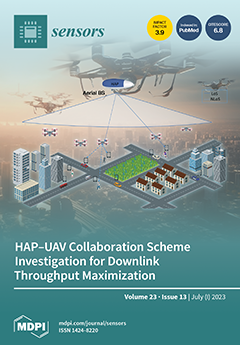Accurately detecting nitrogen (N) deficiency and determining the need for additional N fertilizer is a key challenge to achieving precise N management in many crops, including rice (
Oryza sativa L.). Many remotely sensed vegetation indices (VIs) have shown promise in this regard;
[...] Read more.
Accurately detecting nitrogen (N) deficiency and determining the need for additional N fertilizer is a key challenge to achieving precise N management in many crops, including rice (
Oryza sativa L.). Many remotely sensed vegetation indices (VIs) have shown promise in this regard; however, it is not well-known if VIs measured from different sensors can be used interchangeably. The objective of this study was to quantitatively test and compare the ability of VIs measured from an aerial and proximal sensor to predict the crop yield response to top-dress N fertilizer in rice. Nitrogen fertilizer response trials were established across two years (six site-years) throughout the Sacramento Valley rice-growing region of California. At panicle initiation (PI), unmanned aircraft system (UAS) Normalized Difference Red-Edge Index (NDRE
UAS) and GreenSeeker (GS) Normalized Difference Vegetation Index (NDVI
GS) were measured and expressed as a sufficiency index (SI) (VI of N treatment divided by VI of adjacent N-enriched area). Following reflectance measurements, each plot was split into subplots with and without top-dress N fertilizer. All metrics evaluated in this study indicated that both NDRE
UAS and NDVI
GS performed similarly with respect to predicting the rice yield response to top-dress N at PI. Utilizing SI measurements prior to top-dress N fertilizer application resulted in a 113% and 69% increase (for NDRE
UAS and NDVI
GS, respectively) in the precision of the rice yield response differentiation compared to the effect of applying top-dress N without SI information considered. When the SI measured via NDRE
UAS and NDVI
GS at PI was ≤0.97 and 0.96, top-dress N applications resulted in a significant (
p < 0.05) increase in crop yield of 0.19 and 0.21 Mg ha
−1, respectively. These results indicate that both aerial NDRE
UAS and proximal NDVI
GS have the potential to accurately predict the rice yield response to PI top-dress N fertilizer in this system and could serve as the basis for developing a decision support tool for farmers that could potentially inform better N management and improve N use efficiency.
Full article






